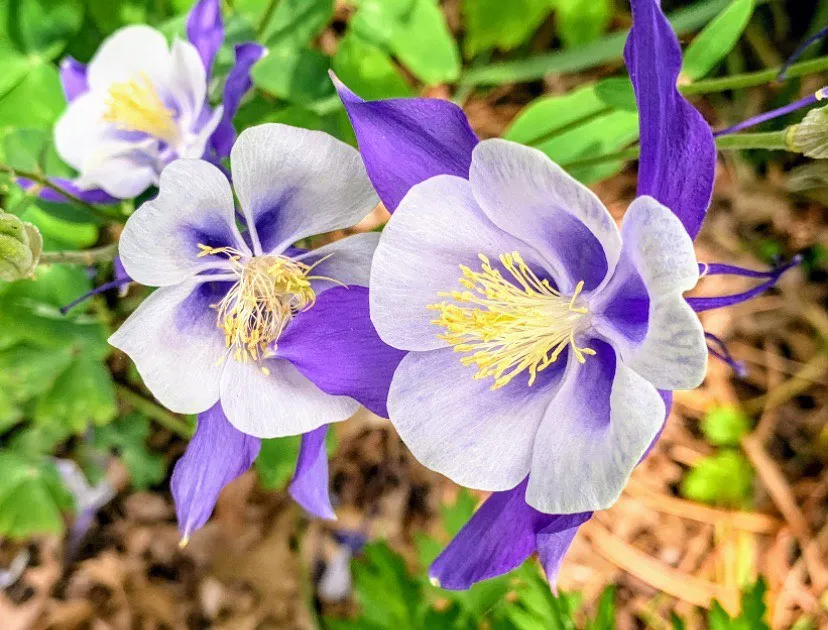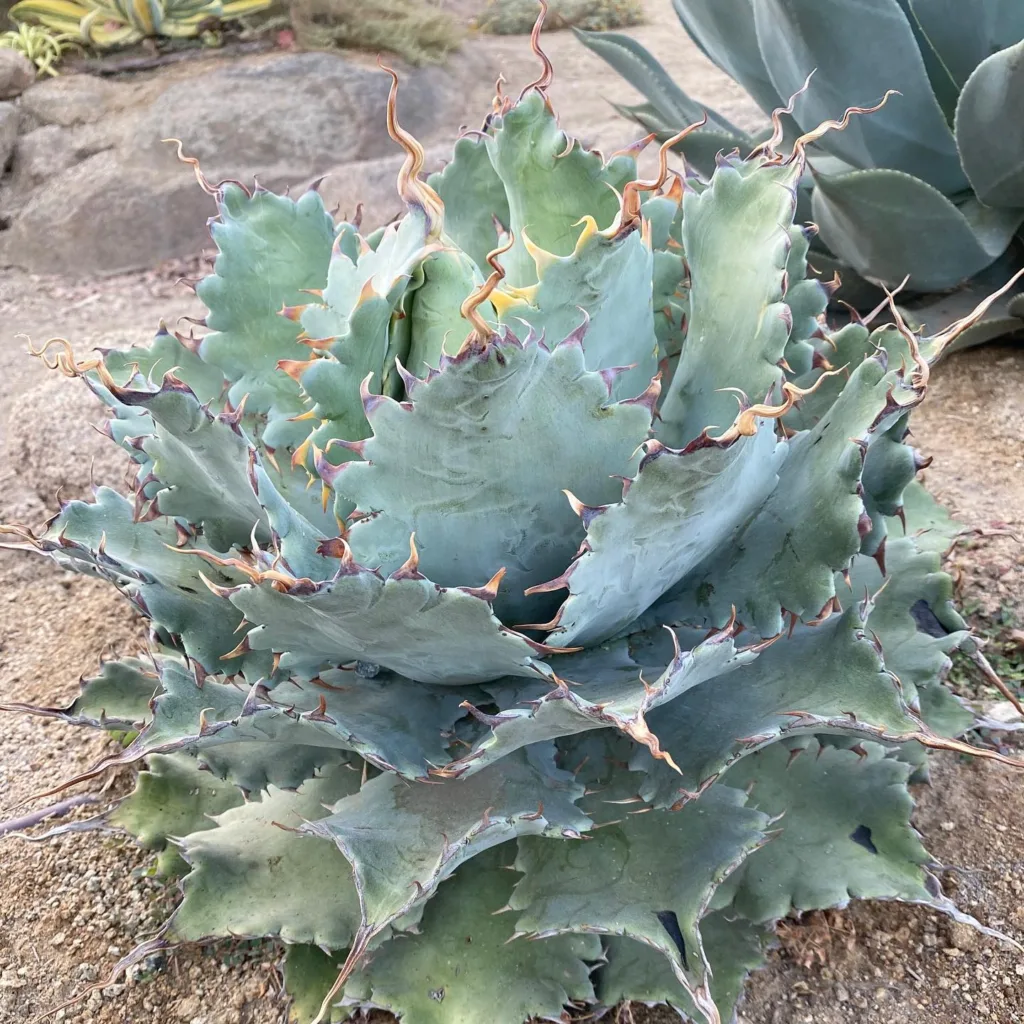The Curious Case of Calamus: My Journey into the World of Acorus
My name is Ferb Vu, and I’ve always been drawn to the unusual. So when I stumbled upon Acorus, a genus of plants with a history as rich as its aroma, I was hooked. These unassuming wetland plants, often known as sweet flag or calamus, have been used for centuries in everything from medicine to religious ceremonies. But what truly fascinated me was their unique botanical classification and the subtle differences that distinguish one species from another.
A Botanical Enigma
Acorus has had a somewhat tumultuous taxonomic journey. Initially lumped in with the Araceae family (think of your common houseplants like philodendrons and peace lilies), botanists eventually realized that Acorus was quite the odd one out. They have unique characteristics, like leaves that are the same on both sides (unifacial) and anthers that open inwards (introrse). These quirky traits led to Acorus being placed in its own family, Acoraceae, and even its own order, Acorales. Imagine being so unique you get your own exclusive club! This makes them a fascinating subject for anyone interested in plant evolution and the intricacies of the natural world.
A Closer Look at the Species
While the classification of Acorus might seem complex, identifying the different species can be equally challenging:
- Acorus calamus: This is the most widespread species, often referred to as “sweet flag” or simply “calamus.” It’s characterized by its tall, reed-like leaves and a distinct spicy-sweet fragrance. Interestingly, it rarely produces fertile seeds and mostly reproduces through its rhizomes, making it a bit of a botanical rebel.
- Acorus americanus: This North American native was once considered a variety of Acorus calamus but has since earned its own species status. It can be distinguished by subtle differences in its leaf structure and the fact that it actually produces seeds.
- Acorus gramineus: This species, native to East Asia, is much smaller than its relatives, with grass-like leaves. It’s often cultivated for ornamental purposes and even finds its way into aquariums.
- Acorus verus: This species is somewhat of a taxonomic puzzle, with ongoing debate about its distinctness from Acorus calamus.
More Than Just a Pretty Face
Beyond their botanical peculiarities, Acorus species have a long and varied history of human use. The rhizomes, in particular, are packed with essential oils that give them a distinctive aroma and have been valued for their medicinal and aromatic properties.
- Traditional Medicine: In many cultures, Acorus calamus has been used to treat a wide range of ailments, from digestive issues to respiratory problems. It’s even been touted as a memory enhancer and a treatment for epilepsy.
- Culinary Uses: The leaves and rhizomes of Acorus have been used to flavor food and beverages. Think candied rhizomes, aromatic teas, and even a unique twist on gin.
- Cultural Significance: Acorus plays a role in various cultural and religious practices. In some Native American traditions, it’s used in ceremonies and as a smudging herb. In India, it’s considered sacred and is often used in religious offerings.
However, it’s important to note that Acorus calamus, in particular, contains beta-asarone, a compound that has been shown to be carcinogenic in high doses. This highlights the importance of responsible use and further research into the potential benefits and risks of these fascinating plants.
My Continued Fascination
My exploration of Acorus has been a journey of discovery, revealing not only the botanical intricacies of this unique genus but also its deep connections to human history and culture. From the subtle differences that distinguish the species to the diverse ways in which they have been utilized, Acorus continues to captivate me. As I delve deeper into the world of these remarkable plants, I am constantly reminded of the wonders that lie hidden within the natural world, waiting to be uncovered by the curious mind.




